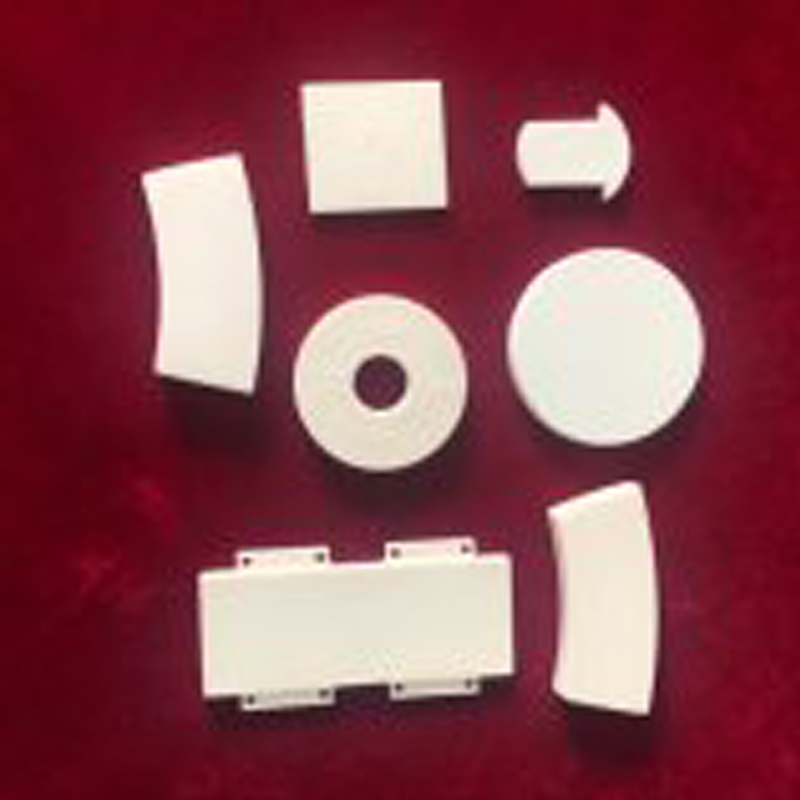Alumina Ceramic Plates-Facilitating Aviation Research and Development and Solving Industry Challenges

In the field of aviation research and development, the requirements for material performance are extremely stringent. Materials are not only required to have characteristics such as high strength, high temperature resistance, and corrosion resistance, but also need to reduce weight as much as possible to enhance the overall performance of the aircraft. Thanks to its excellent comprehensive performance, the alumina ceramic plate is gradually becoming a "capable assistant" in aviation research and development. It effectively improves the success rate of aviation research and development and meets the core needs of customers in the aviation field.
Manufacturing of Aviation Engines: Enhancing Performance and Reliability
As the "heart" of an aircraft, the performance of an aero-engine directly determines the flight performance and safety of the aircraft. During the engine manufacturing process, customers have extremely high requirements for the high-temperature resistance, wear resistance, and chemical stability of components. Alumina ceramic plates can precisely meet these stringent standards.
In the combustion chamber, the scouring of high-temperature gas poses a severe test to the temperature resistance and chemical stability of materials. Alumina ceramic plates can withstand the continuous impact of high-temperature gas, prevent the combustion chamber from being eroded, and significantly improve the thermal efficiency and reliability of the engine. At the same time, their excellent wear resistance plays an important role in components such as turbine blades and nozzles that rotate at high speeds and are affected by high-temperature gas, ensuring the stable and efficient operation of the engine and providing strong power for the aircraft.
Manufacturing of Aircraft Structural Components: Achieving Lightweight and High Strength
For aircraft structural components, aviation research and development customers have always been pursuing lightweight design on the premise of ensuring structural strength, in order to reduce fuel consumption and increase the flight range. The alumina ceramic plates has a low density, which can effectively reduce the weight of the aircraft. At the same time, it exhibits excellent hardness and strength, and has good wear resistance and fatigue resistance. Applying alumina ceramic composites to parts such as the leading edge of the wing and the fuselage skin can not only improve the structural strength and stability of the aircraft, but also reduce fuel consumption and further enhance the overall performance of the aircraft.
Manufacturing of Avionics Equipment: Ensuring Stable Signal Transmission
Avionics equipment is crucial for the navigation, communication, and control of an aircraft. Customers have strict requirements for the stability and anti-interference capabilities of electronic devices. Alumina ceramic plates possess excellent insulating and dielectric properties, enabling them to be used in manufacturing substrates, packaging casings, and other components of electronic devices. These components can effectively isolate electromagnetic interference, protect internal components, and ensure the stable transmission and precise processing of signals in satellite communication and navigation systems. This helps aircraft achieve accurate navigation and positioning, providing strong support for the smooth execution of aviation missions.
Technological Innovation to Solve Application Problems
Although alumina ceramic plates possess excellent properties, their inherent brittleness restricts their further application in the aviation field. To overcome this challenge, researchers have conducted a great deal of research. Through technologies such as zirconia toughening, whisker and fiber toughening, particle toughening, and alumina self-toughening, the toughness of alumina ceramics has been significantly enhanced. Moreover, the application of the gel-casting molding process has increased the qualification rate of alumina ceramic core products and reduced the difficulty of the removal process. The introduction of 3D printing technology has greatly improved the production efficiency of alumina ceramics and reduced the production cost, providing technical support for its widespread application in the aviation field.
With the continuous advancement of science and technology, the application prospects of alumina ceramic plates in the field of aviation research and development will be even broader. It will continue to support aviation research and development, drive the continuous innovation and development of aviation technology, and make significant contributions to the takeoff of the aviation industry.

